The making of The Pencil: A History of Design and Circumstance by Henry Petroski
Overview Process
Receiving the translated text from the editor and starting typesetting. The technical designer is busy working on scanned illustrations.
Considering the design of the chapters. The first idea is to use dropped capitals and pencil-drawn patterns. Sketching a half title and trying it on.
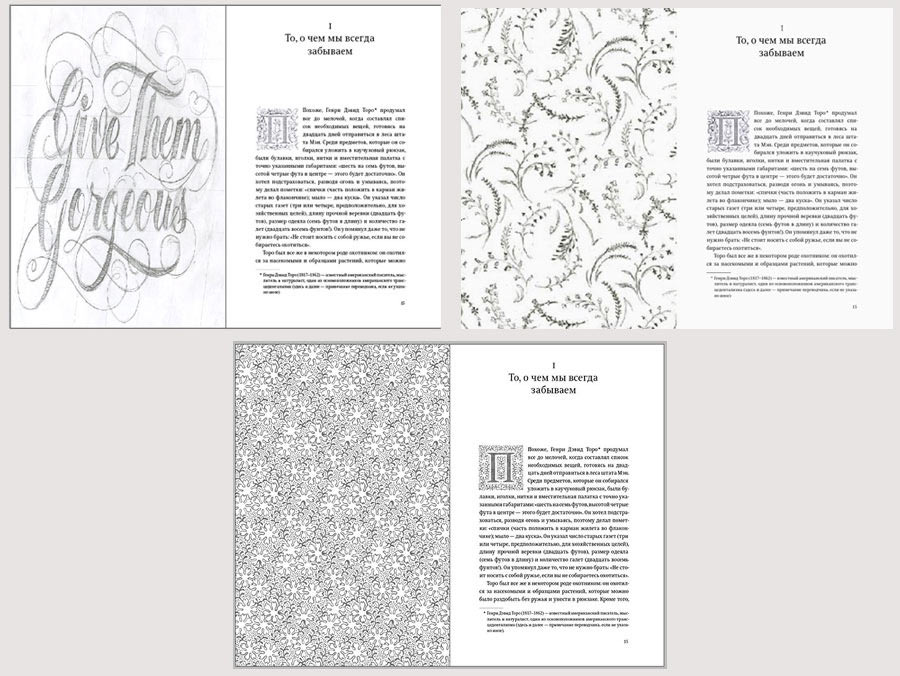
Next come chapter numbers also written in pencil.
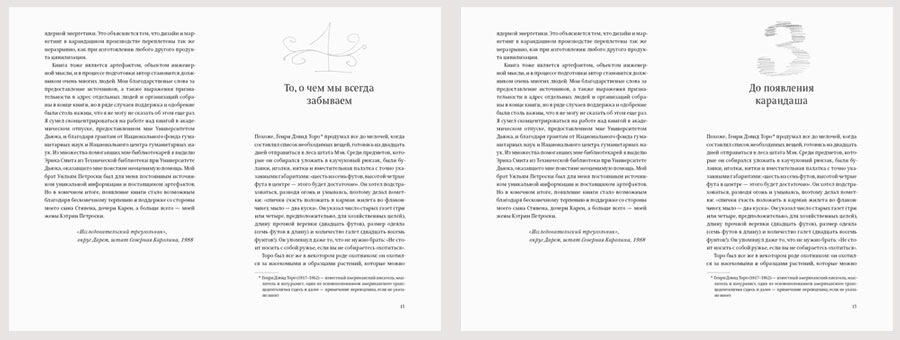
Getting the art director’s approval for the numbers and starting to draw them.
We get the idea to draw in pencil large numbers for each chapter of the book. The calligrapher is getting inspired by samples of rich Victorian lettering from Pinterest and Instagram and sketches his three favorite digits. The typesetter tries them out in the layout and chooses the best size.
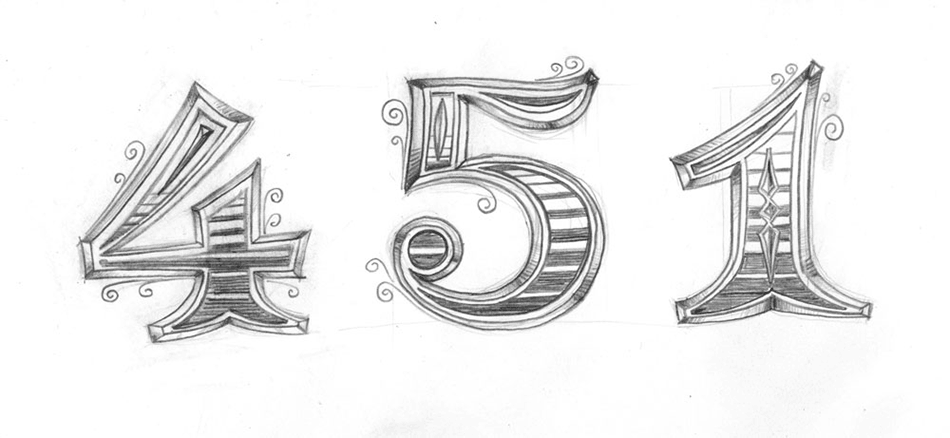
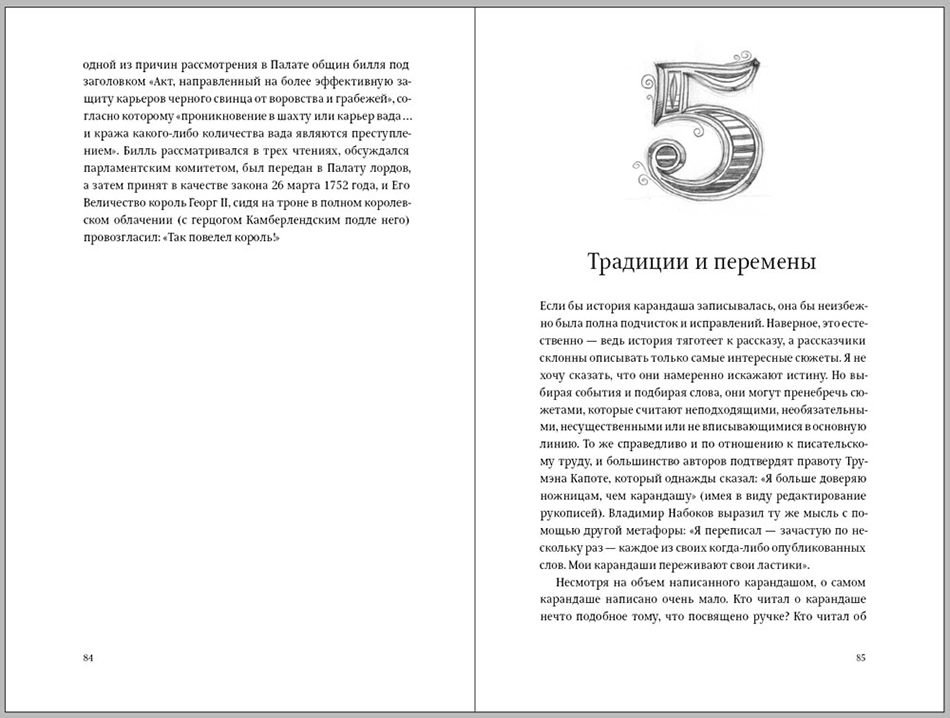
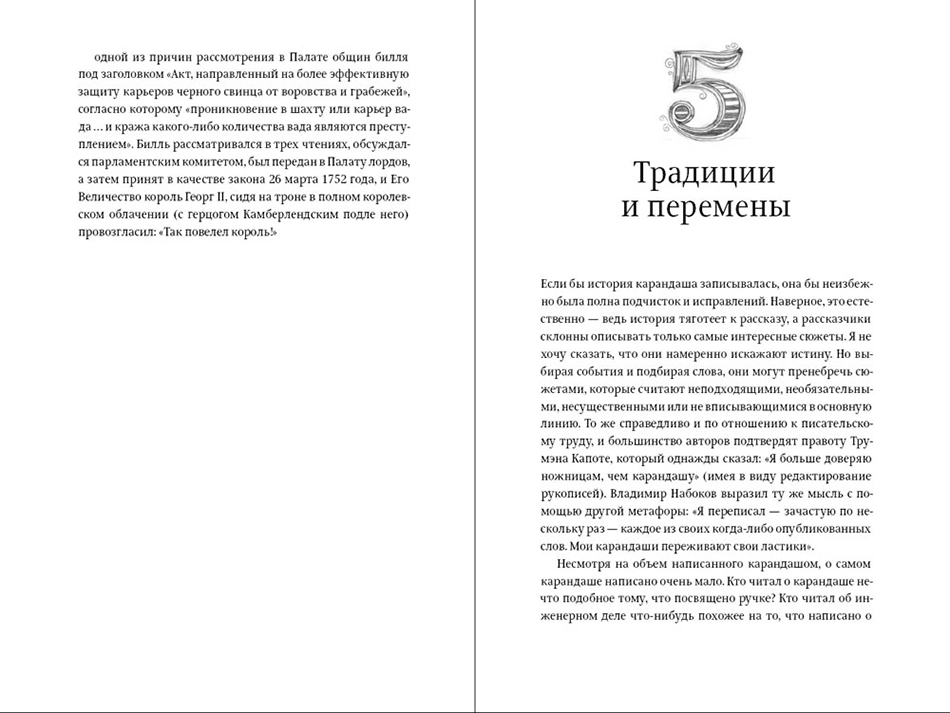
Now that we roughly know the size of the digits we can start drawing. Preparing a template: typing all numbers from 1 to 22 with Bodoni Poster typeface and printing them out. Laying tracing paper on top of the printout and tracing the contours with a sharp pencil, simultaneously adding volume, curls and carving. The 3 and 4 come out really well, the 11 comes out poorly at first and needs to be redone. The 15 and 19 feature a fish for a change. The 2 from 21 is the most precious.
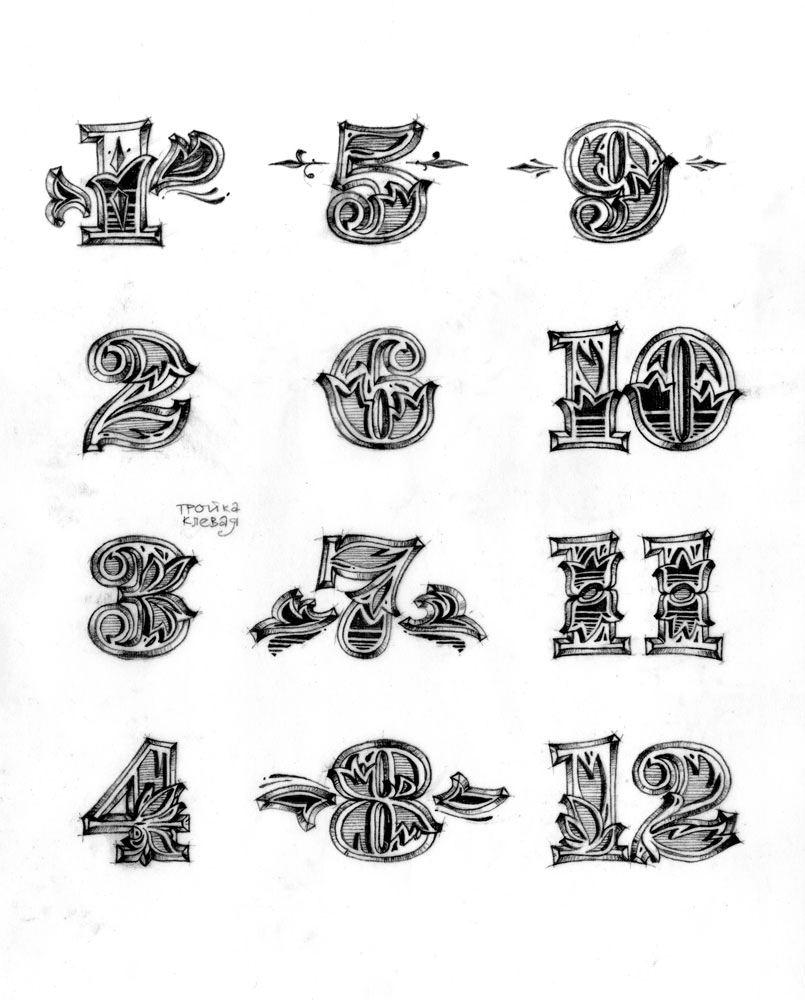
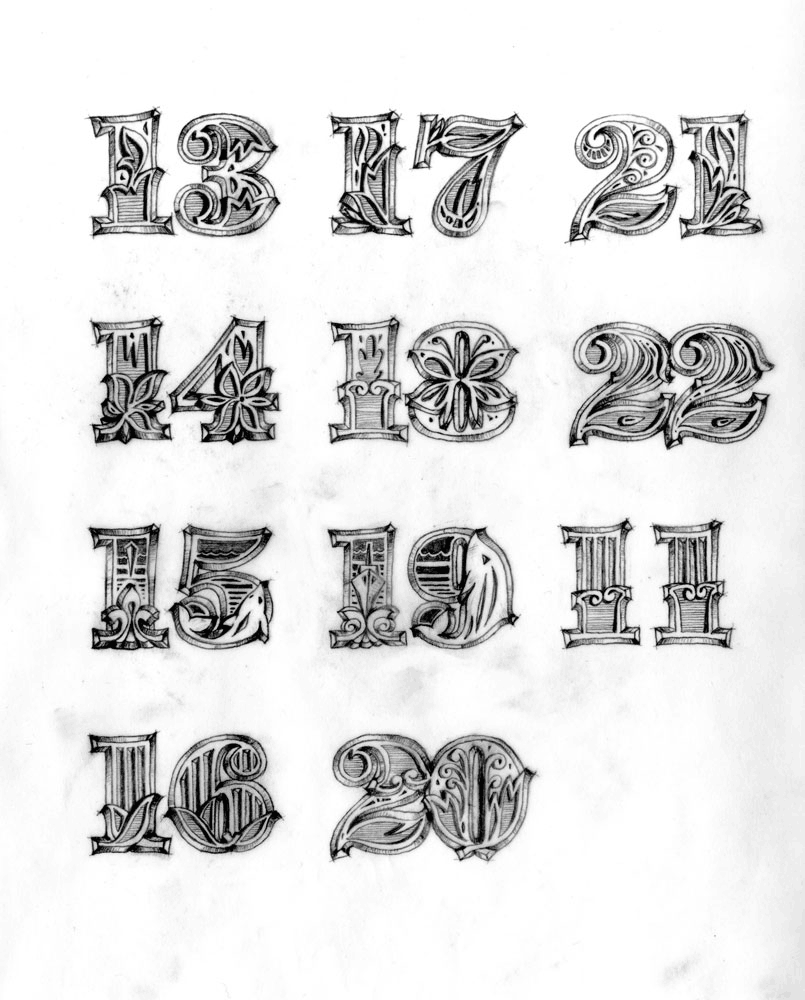
It would be great to get a matching title for the contents page.

Searching for the best position of chapter numbers.
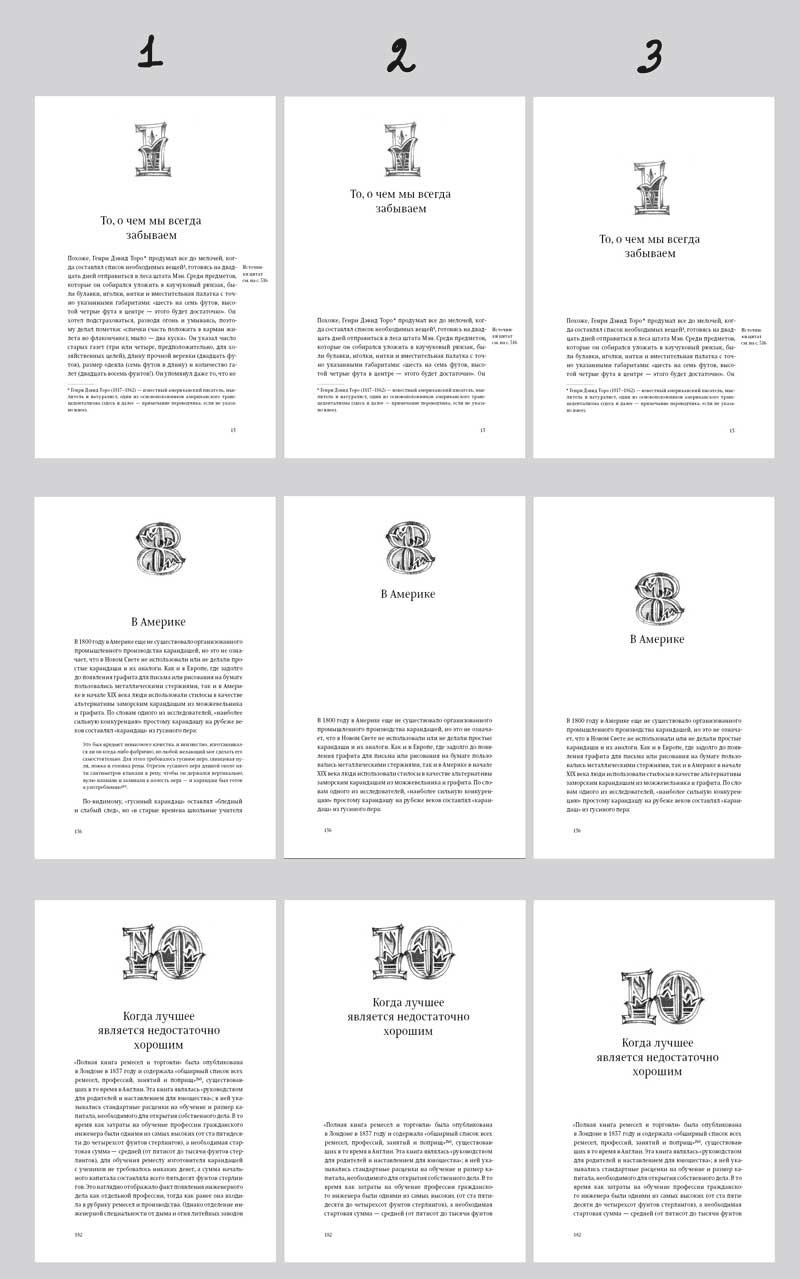
Thinking about the cover.

Assembling the first version of the ePub file. Revisiting all questionable decisions. Thinking of ways to improve.

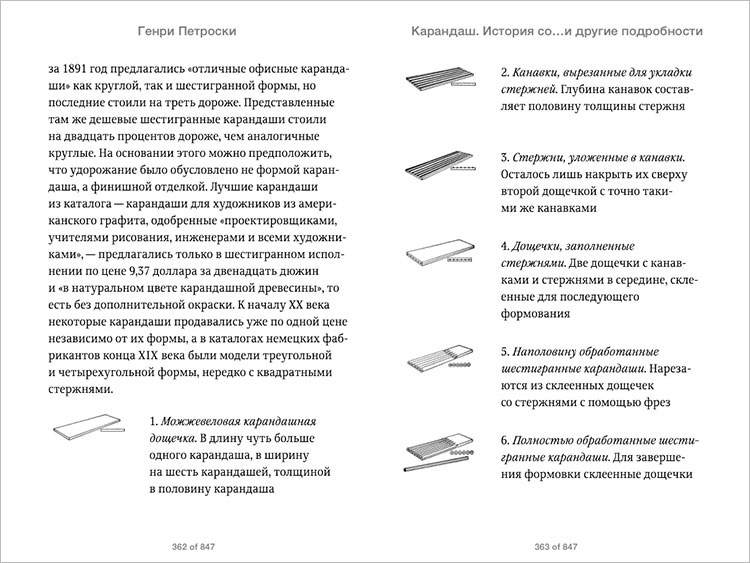
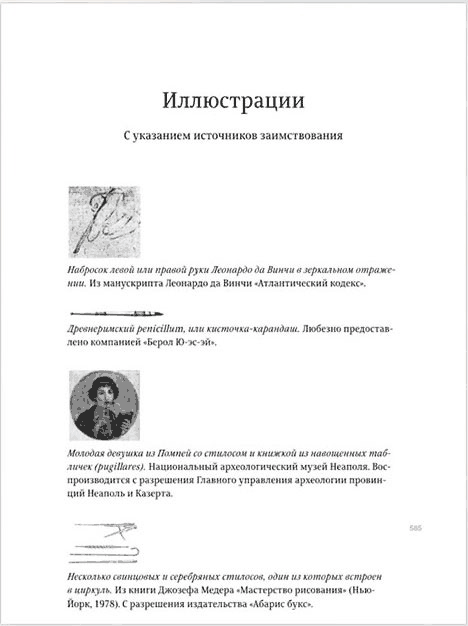
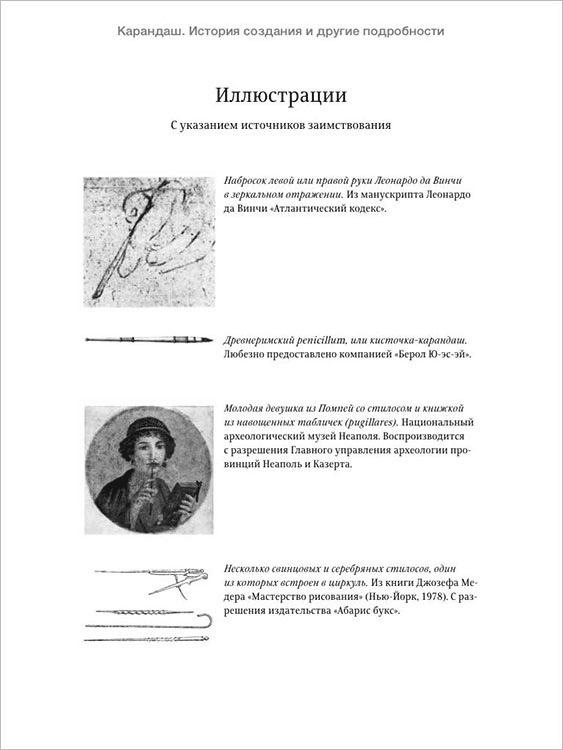
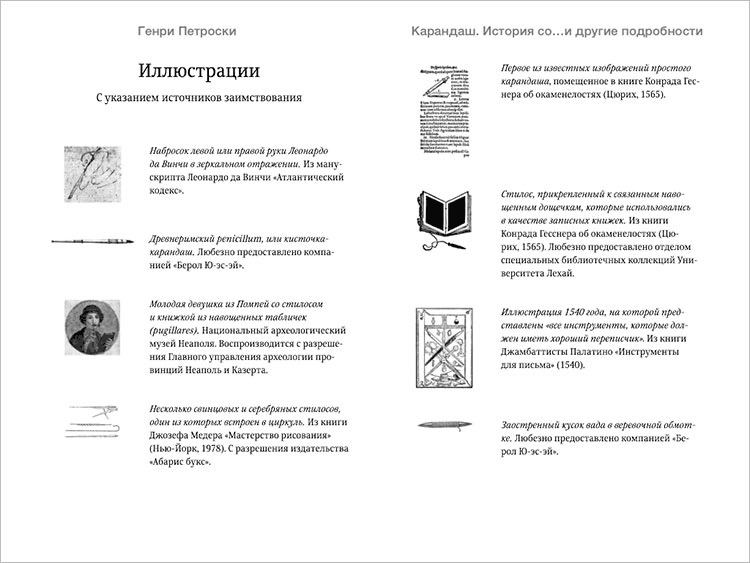
Finding and fixing bugs.
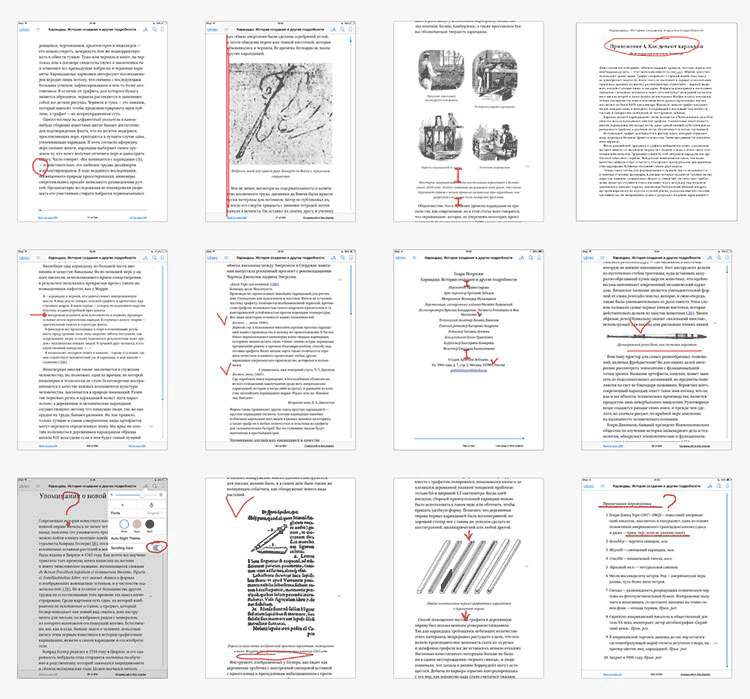
Sending for the second proofreading. Making changes. Done.